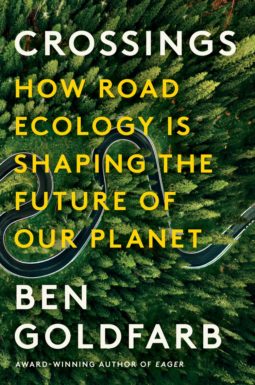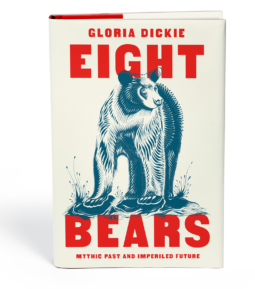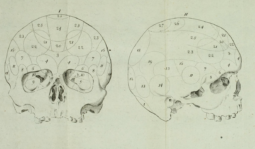 Plastics: From Pollution to Solutions (start time: 0:58) We all want to think that the yogurt tubs, takeout containers and other plastic products that we toss into our kitchen recycling bin will actually get recycled. Chances are, they won’t. Plastic product makers have for many years been deceptively applying the “chasing arrows” recycling symbol on their products, even when those products can not and will not be recycled. But some progress is being made in tackling the enormous plastics-pollution problem, including by forcing producers to truthfully label their plastic products, and passing legislation that holds companies financially responsible for the afterlife of their products. In this week’s show, host Susan Moran interviews Susan Shain, a reporting fellow at the New York Times who recently wrote an article about plastic recycling; and Jennifer Congdon, deputy director of Beyond Plastics, an environmental advocacy project based at Bennington College in Bennington, Vermont.
Plastics: From Pollution to Solutions (start time: 0:58) We all want to think that the yogurt tubs, takeout containers and other plastic products that we toss into our kitchen recycling bin will actually get recycled. Chances are, they won’t. Plastic product makers have for many years been deceptively applying the “chasing arrows” recycling symbol on their products, even when those products can not and will not be recycled. But some progress is being made in tackling the enormous plastics-pollution problem, including by forcing producers to truthfully label their plastic products, and passing legislation that holds companies financially responsible for the afterlife of their products. In this week’s show, host Susan Moran interviews Susan Shain, a reporting fellow at the New York Times who recently wrote an article about plastic recycling; and Jennifer Congdon, deputy director of Beyond Plastics, an environmental advocacy project based at Bennington College in Bennington, Vermont.
Host/Producer: Susan Moran
Engineer: Shannon Young
Executive Producer: Beth Bennett
Listen to the show:
Podcast: Play in new window | Download (Duration: 27:28 — 37.7MB)
Subscribe: RSS



 Wildlife Crossings (start time: 0:58) In this week’s show, host Susan Moran interviews journalist
Wildlife Crossings (start time: 0:58) In this week’s show, host Susan Moran interviews journalist 
 Of Bears & Humans (start time: 1:34) If you live
Of Bears & Humans (start time: 1:34) If you live 


 Your Brain on Music (start time: 6:18): Most people love music, whether it’s opera music, jazz, rock-n-roll, gospel, nursery rhymes or another genre. Whether you’re a trained professional or someone who just likes to sing in the shower or listen to your favorite playlists, you’ve likely felt the power of music in shaping your thoughts, feelings and behavior. But how?
Your Brain on Music (start time: 6:18): Most people love music, whether it’s opera music, jazz, rock-n-roll, gospel, nursery rhymes or another genre. Whether you’re a trained professional or someone who just likes to sing in the shower or listen to your favorite playlists, you’ve likely felt the power of music in shaping your thoughts, feelings and behavior. But how? Unruly Planet (start time: 5:31) This week on How On Earth Susan Moran interviews science journalist
Unruly Planet (start time: 5:31) This week on How On Earth Susan Moran interviews science journalist 